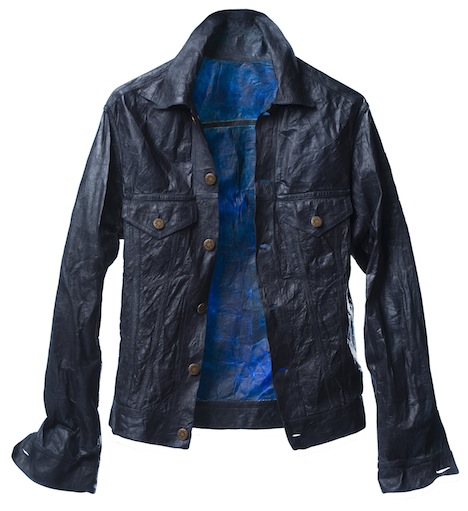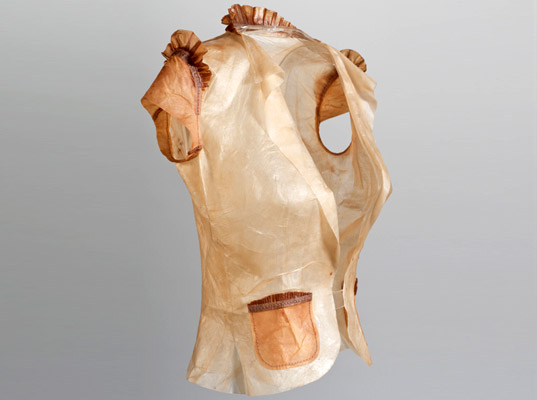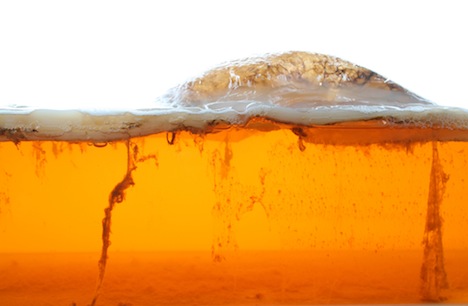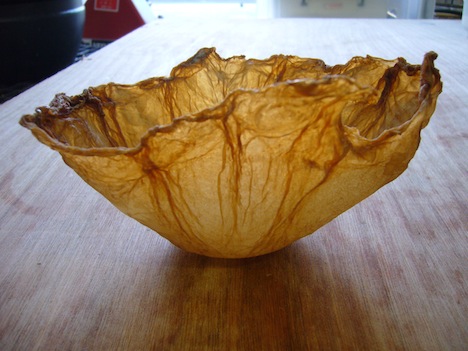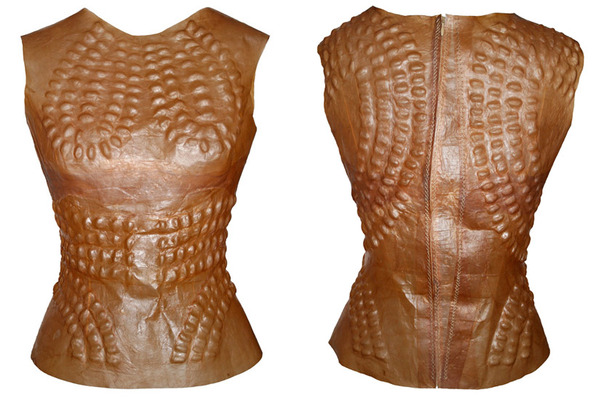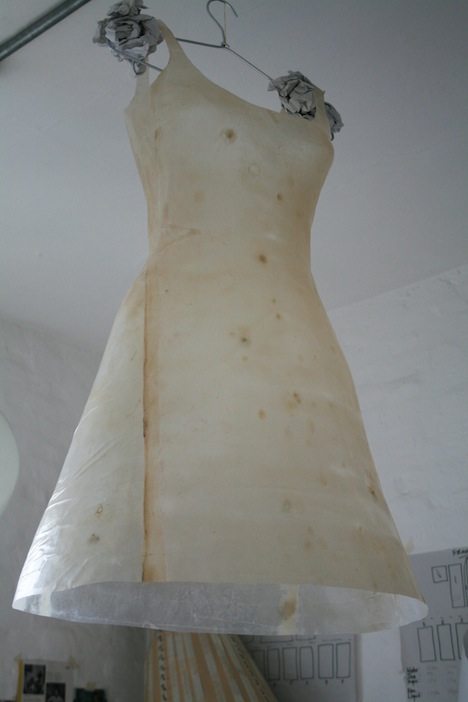INHALE is a cultural platform where artists are presented, where great projects are given credit and readers find inspiration. Think about Inhale as if it were a map: we can help you discover which are the must-see events all over the world, what is happening now in the artistic and cultural world as well as guide you through the latest designers’ products. Inhale interconnects domains that you are interested in, so that you will know all the events, places, galleries, studios that are a must-see. We have a 360 degree overview on art and culture and a passion to share.

Working in the now, near and far future we help brands to imagine their biodesigned future. From microorganisms like bacteria, fungi and algae to cellulose, chitin and protein fibres like silk, we’re exploring Nature’s sustainable materials for future consumer products.
Our clients span two worlds. We’re building relationships with biomaterial innovators so we can empower fashion, sport and luxury brands to understand, imagine and prototype future visions with this new material landscape. What will your brand look like in a biodesigned future?
Yes, eco-chic has gone to an absurd — and strangely beautiful — place, with Suzanne Lee‘s BioCouture prokaryote-grown garments. Lee, a senior research fellow in the school of fashion and textiles at Central Saint Martins in London, makes clothes from the same microbes used to ferment green tea. By throwing yeast, sweetened tea, and bacteria into bathtubs, she produces sheets of cellulose that can be molded into something you might actually want to wear. (Fortunately, the microbes are non-pathogenic.)
Is it possible to “grow a frock from a vat of liquid” using cellulose-spinning bacteria? This is exactly what fashion designer Suzanna Lee asked before she began BioCouture, a research project based at Central Saint Martin’s College in London. From a vat of sugary green tea, she grew a textile biomaterial, resulting in seamless clothing that has the look and feel of vegetable leather (we read it first on Seed and Sew). Click through for more gross (but cool) photos, and our questions answered by the designer, after the jump:
The results are completely haunting. Consider this ruffle jacket, which looks like it was pulled from the closet of Bloody Mary.
The pieces of the garments fuse together as moisture evaporates, forming seams. Lee then tints them with fruit or vegetable dye. When they wear out, you just toss them in the compost bin.
Suzanna Lee explains the process:
“The process uses a sugary green tea recipe, to which, a bacterial culture is added. It takes about 2-4 weeks to grow a sheet that is thick enough to use. Sheets are then dried down; either shaped over a wooden dress form–like the ghost dress and ruff jacket [images, below]–or sewn together conventionally. Depending on the recipe the material can either feel like paper or–more desirably–like a vegetable leather.
In testing with dyes we found no need for mordant [a substance used for dyeing fabrics] and an incredibly small amount of dye goes a long way so it’s eco-credentials go through the entire process. We also recycle a percentage of the fermentation liquid.”
via fastcodesign.com, biocouture.co.uk, treehugger.com



